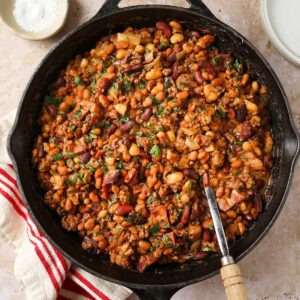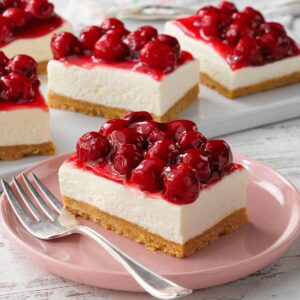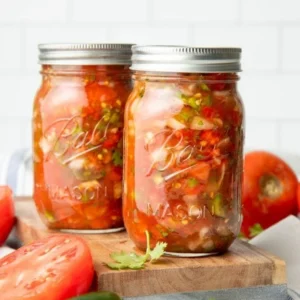Paper mache is a time-honored craft loved around the world for its simplicity, versatility, and endless creative potential. Originating from ancient China and later popularized in Europe and Mexico, this technique uses everyday materials—paper and paste—to create sturdy sculptures, masks, piñatas, and more.
Its unique texture and moldability make it perfect for school projects, art therapy, home décor, and rainy-day activities with kids. Best of all? It’s incredibly budget-friendly and easy to make from scratch.
Ingredients
Here’s what you need for a basic paper mache paste:
-
1 cup all-purpose flour
-
2 cups water (plus more if needed for consistency)
-
1 tablespoon salt (prevents mold)
-
Old newspaper or scrap paper, torn into strips
Optional Substitutions:
-
Gluten-free: Use cornstarch or white glue instead of flour
-
Allergy-friendly: Use PVA glue mixed with water (1:1 ratio)
-
Eco-friendly: Try boiled rice water as a natural paste alternative
Step-by-Step Instructions
-
Mix the Paste
-
In a mixing bowl, combine 1 cup flour and 2 cups water.
-
Whisk until smooth and lump-free. Add a bit more water if it’s too thick.
-
Stir in 1 tbsp salt to prevent mold.
-
-
Cook (Optional for Smoother Texture)
-
For a thicker, smoother paste, cook the mixture over medium heat, stirring constantly until it thickens to a glue-like consistency.
-
Let it cool before use.
-
-
Prepare Your Paper
-
Tear old newspaper or scrap paper into strips (avoid cutting – torn edges blend better).
-
Soak strips in warm water if you want a smoother finish.
-
-
Apply the Layers
-
Dip paper strips into the paste, letting excess drip off.
-
Lay each strip over your mold or frame, overlapping edges.
-
Smooth out air bubbles with your fingers.
-
-
Dry Between Layers
-
Allow each layer to fully dry (about 12–24 hours) before applying the next.
-
For strength, use 3–4 layers minimum.
-
-
Final Touches
-
Once dry and hard, sand the surface for a smoother finish.
-
Paint with acrylics or decorate as desired!
-
Common Mistakes to Avoid:



-
Don’t use glossy or coated paper—it won’t absorb paste well.
-
Avoid thick layers that trap moisture and cause mold.
-
Don’t rush drying between layers; this can lead to sagging.
Pro Tips and Techniques
-
Add Elmer’s glue to flour paste for extra strength.
-
Use a balloon, bowl, or cardboard as your mold.
-
Keep a damp towel over unused paste to prevent it from drying out.
-
A hairdryer can speed up drying—but don’t hold it too close!
Variations and Customizations
-
Gluten-Free: Replace flour with cornstarch or white glue
-
No-Cook Paste: Mix glue and water for an easy alternative
-
Color It: Add a few drops of food coloring to the paste
-
Fusion Craft: Combine paper mache with clay or wire for unique textures
-
Recycled Art: Use junk mail, magazines, or egg cartons for variety
Serving Suggestions (Craft Style)
-
Kids’ Crafts: Make masks, animal sculptures, or planets for science projects
-
Seasonal Decor: Create pumpkins, ornaments, or Easter eggs
-
Piñatas: Make party piñatas with candy inside (use a balloon as base)
-
Wall Art: Sculpt 3D wall hangings or signs and paint them creatively
Add glitter, sequins, or textured paint for a professional finish.
Nutritional Information (Just for Fun!)
While you can’t eat paper mache, here’s a fun breakdown for the flour paste:
-
Calories: ~455 per batch (1 cup flour + water)
-
Carbs: ~95g
-
Protein: ~13g
-
Fat: ~1.2g
-
Fiber: ~3.4g
(We strongly advise not to taste it—it’s purely decorative!)
Frequently Asked Questions (FAQs)
How long does paper mache take to dry?
Each layer needs 12–24 hours to fully dry. Thicker layers or humid environments may take longer.
Can I store leftover paste?
Yes! Store in an airtight container in the fridge for up to 3–4 days.
Why is my paper mache moldy?
It’s likely due to poor air circulation or too-thick layers. Add salt to the paste and dry each layer fully.
What kind of paint works best?
Acrylic paint is ideal. You can also use spray paint (after drying) for a smooth finish.
How do I make it waterproof?
Seal with clear varnish or mod podge after painting.
Closing Thoughts
Paper mache is more than just a craft—it’s a creative journey! Whether you’re crafting with kids, designing home décor, or building a parade float, this timeless technique is rewarding, eco-friendly, and endlessly adaptable.
Give it a try, let your imagination run wild, and don’t forget to share your creations with us. Got questions or cool paper mache tips? Drop them in the comments—we’d love to hear from you!



